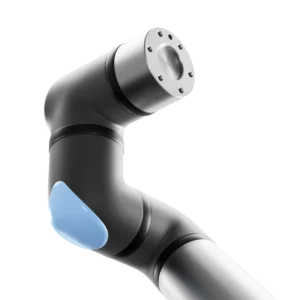Robotic Bin Picking
The basic description of AI Bin Picking is any system that will guide a robot end-of-arm device into a random collection of parts, and be able to pull them from the collection. The requirement can be as simple as the same symmetrical parts that need to be acquired, or as complex as multiple complex parts mixed in random orientation. The former simply needs to guide a robot to the nearest available target and acquire it without concern for its orientation (like in the case of a sphere). The later requires the AI system to identify the individual target using classification models, and then interpreting the orientation of the part to drive the robot EOAT to acquire the part.
There are many providers of bin picking in industry today, from the simple smart camera all the way up to a deep learning computer-based system using one or more cameras and in some cases, using 3D imaging devices. Most often these systems are highly specialized for specific challenges and scope. As time goes on new players come to market with systems that improve accuracy and efficiency, and some with new capabilities that did not previously exist.
We work with our customers to define the bin picking opportunity and to understand if the process can first be simplified, and account for future scalability needs of the system. Only then do we identify Bin Picking System candidates that we can first test and validate, and integrate into a bin picking cell with our motion stage and multi-axis robot capability.


Is Automation Right for Your Process?
Answer a few simple questions and find out! We’ll send a copy of your inputs to help build the case for automation, and determine ROI for automating parts of your operation.
The Future of Materials Handling Systems
Robotic bin picking automation is the direction many manufacturing companies are moving. Simply put, a robot can work for longer (and with greater efficiency) than its human counterpart. Implementing bin picking automation can save companies time and money by reducing previously time-intensive tasks. This frees up workers who would otherwise be engaged in monotonous picking tasks all day.
As the manufacturing industry moves in a more automated direction, industrial robotics is a field that can’t be ignored. As the robotics industry grows, the prevalence of automation systems like robotic bin picking will only increase. With that in mind, the question becomes: can you afford not to automate?
